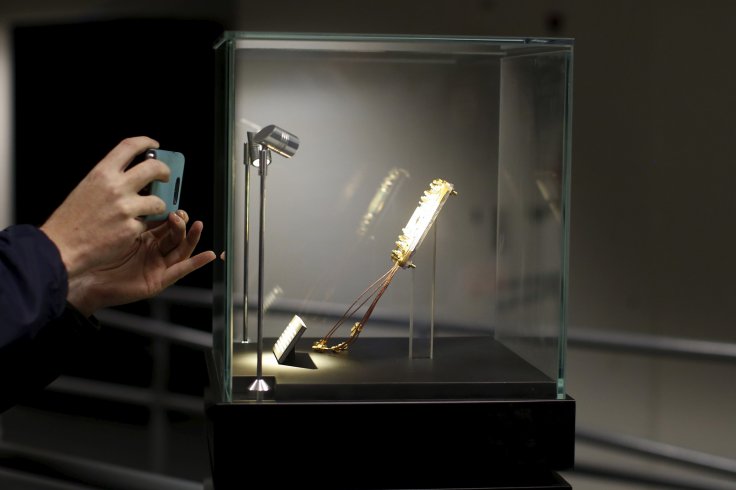Imagine a world where people could only talk to their next-door neighbor, and messages must be passed house to house to reach far destinations. Until now, this has been the situation for the bits of hardware that make up a silicon quantum computer, a type of quantum computer with the potential to be cheaper and more versatile than today's versions.
Now a team based at Princeton University has overcome this limitation and demonstrated that two quantum-computing components, known as silicon "spin" qubits, can interact even when spaced relatively far apart on a computer chip. The study was published in the journal Nature.
Unlocks new capabilities
"The ability to transmit messages across this distance on a silicon chip unlocks new capabilities for our quantum hardware," said Jason Petta, the Eugene Higgins Professor of Physics at Princeton and leader of the study. "The eventual goal is to have multiple quantum bits arranged in a two-dimensional grid that can perform even more complex calculations. The study should help in the long term to improve communication of qubits on a chip as well as from one chip to another."
Quantum computers have the potential to tackle challenges beyond the capabilities of everyday computers, such as factoring large numbers. A quantum bit, or qubit, can process far more information than an everyday computer bit because, whereas each classical computer bit can have a value of 0 or 1, a quantum bit can represent a range of values between 0 and 1 simultaneously.

Futuristic computer requirements
To realize quantum computing's promise, these futuristic computers will require tens of thousands of qubits that can communicate with each other. Today's prototype quantum computers from Google, IBM and other companies contain tens of qubits made from a technology involving superconducting circuits, but many technologists view silicon-based qubits as more promising in the long run.
"You have to balance the qubit energies on both sides of the chip with the photon energy to make all three elements talk to each other," said Felix Borjans, a graduate student and first author on the study. "This was the really challenging part of the work."
Silicon spin qubits have several advantages over superconducting qubits. The silicon spin qubits retain their quantum state longer than competing qubit technologies. The widespread use of silicon for everyday computers means that silicon-based qubits could be manufactured at low cost. The challenge stems in part from the fact that silicon spin qubits are made from single electrons and are extremely small.
Biggest challenge
"The wiring or 'interconnects' between multiple qubits is the biggest challenge towards a large scale quantum computer," said James Clarke, director of quantum hardware at Intel, whose team is building silicon qubits using using Intel's advanced manufacturing line, and who was not involved in the study. "Jason Petta's team has done great work toward proving that spin qubits can be coupled at long distances."

To accomplish this, the Princeton team connected the qubits via a "wire" that carries light in a manner analogous to the fiber optic wires that deliver internet signals to homes. In this case, however, the wire is actually a narrow cavity containing a single particle of light, or photon, that picks up the message from one qubit and transmits it to the next qubit.
Linking 750 miles possible
The two qubits were located about half a centimeter, or about the length of a grain of rice, apart. To put that in perspective, if each qubit were the size of a house, the qubit would be able to send a message to another qubit located 750 miles away.
The key step forward was finding a way to get the qubits and the photon to speak the same language by tuning all three to vibrate at the same frequency. The team succeeded in tuning both qubits independently of each other while still coupling them to the photon. Previously the device's architecture permitted coupling of only one qubit to the photon at a time.









